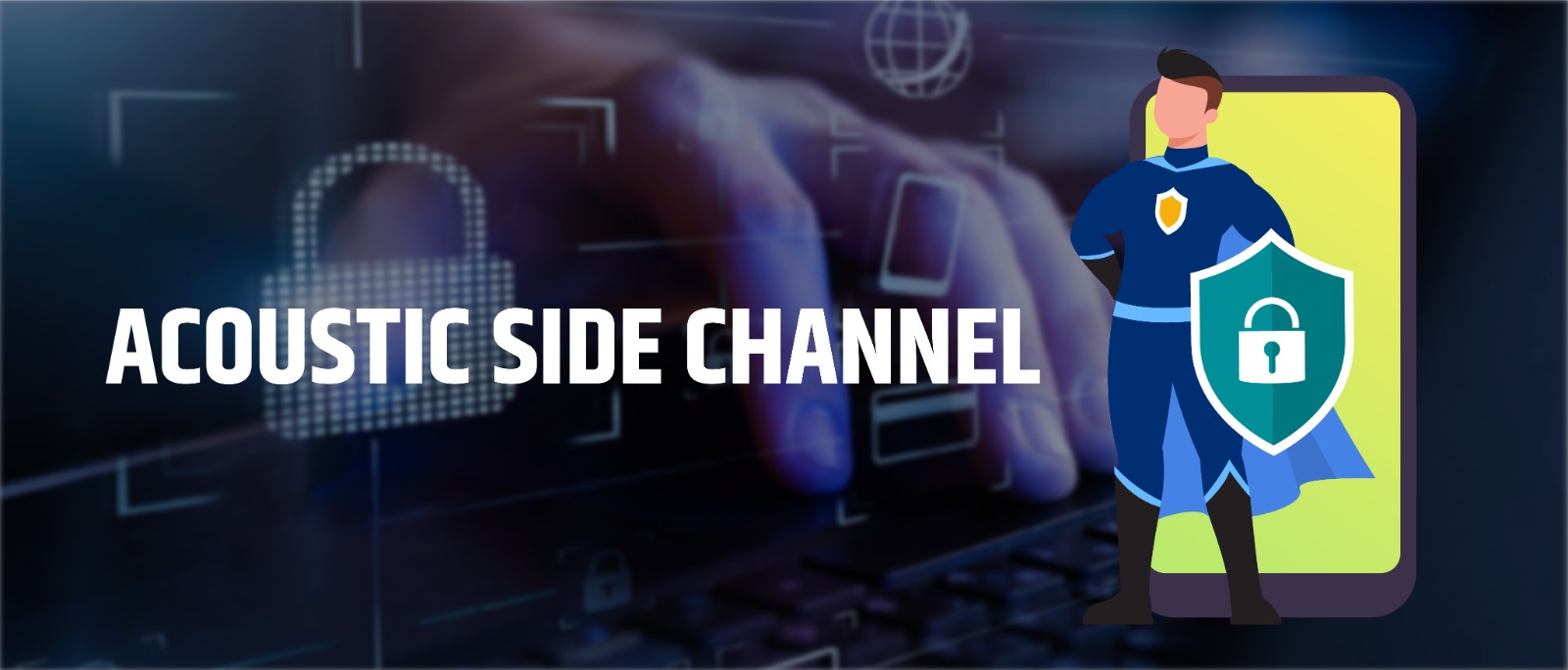Unveiling Acoustic Side Channel Attacks: Your Digital Privacy at Risk

In today's interconnected world, where technology seamlessly integrates into our lives, ensuring the security of our personal information is of paramount importance. While we often focus on encryption and strong passwords, there's an emerging threat that goes beyond traditional hacking methods - the acoustic side channel attack. This sophisticated technique challenges our digital privacy by exploiting something we rarely consider: sound.
Understanding Acoustic Side Channel Attacks
Imagine you're typing a password on your keyboard or entering your credit card details on your smartphone. Every keystroke generates a unique sound, imperceptible to the human ear, but potentially detectable by certain software or hardware. Acoustic side channel attacks target these subtle sound emissions to infer sensitive information like passwords, PINs, or other confidential data.
These attacks work by analyzing the acoustic signals produced when you interact with a device. When you press a key, the mechanical movement creates vibrations that emit sound waves. Even though these sounds are extremely faint, specialized equipment or malicious software can capture and process them. Through advanced algorithms and machine learning, the attacker can then reconstruct the typed content with surprising accuracy.
The Ingenious Threat to Your Privacy
One of the reasons acoustic side channel attacks are so insidious is that they bypass many traditional security measures. Strong encryption and secure connections become less effective when an attacker can "listen" to your actions. This technique can be particularly effective in scenarios where other types of attacks might fail, such as on air-gapped systems (systems isolated from external networks) that are thought to be highly secure.
The Steps Attackers Take
1. Sound Capture:Attackers use specialized microphones or even compromised smartphones to capture the faint sounds of your interactions with devices. These sounds might include mouse clicks, keyboard keystrokes, or screen touches.
2. Data Extraction:The captured acoustic signals are then processed to extract meaningful data. Advanced algorithms can distinguish between different sounds and correlate them to specific actions.
3. Analysis and Prediction:Through machine learning algorithms, attackers analyze the extracted acoustic data. They create models that associate certain sounds with specific keys, allowing them to predict what you're typing with surprising accuracy.
Protecting Yourself Against Acoustic Attacks
While acoustic side channel attacks are a concerning development, there are steps you can take to safeguard your digital privacy:
1. Noise Generation:Some researchers have proposed the use of noise generation mechanisms to mask the acoustic signals produced by typing. These mechanisms could confuse attackers and make it more challenging to discern meaningful information from the sounds.
2. Sound Dampening:Consider using keyboard covers or soft surfaces to dampen the sound produced by typing. This can help reduce the intensity of the acoustic signals emitted.
3. Behavioral Biometrics:Implementing behavioral biometrics can add an extra layer of security. These systems analyze the unique way you type, click, or interact with your device, making it more difficult for attackers to replicate your actions accurately.
4. Consistent Software Updates:Updating your hardware and software is a good idea. The possibility of acoustic side channel attack is being recognized by manufacturers, who may then offer patches or upgrades to address it.
Conclusion
In a world where innovative hacking techniques are on the rise, it's crucial to stay informed about potential threats to our digital security. Acoustic side channel attacks remind us that even the seemingly insignificant sounds we produce while using our devices can be exploited by malicious actors. By understanding the risks and adopting preventive measures, we can better protect our personal information from these emerging threats and maintain our privacy in the digital age. Remember, while technology enriches our lives, it's our responsibility to ensure that our interactions with it remain secure.
Contact
For more information on how we can help you secure your data, get you compliant and protect your business, please complete the form below and one of Information security / Cyber Forensic expert and Compliance specialists will respond to you as soon as possible.


